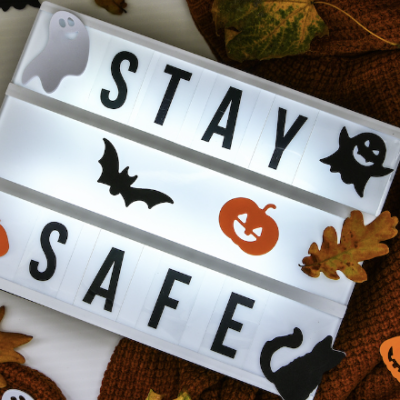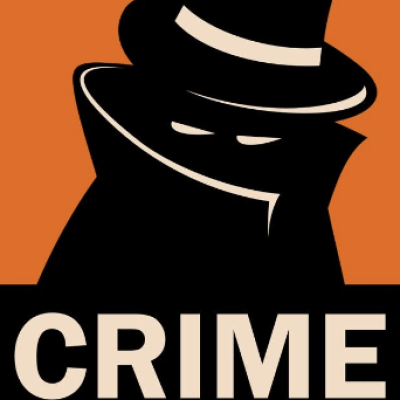Electrical Safety
Thursday, January 17, 2019 John Coniglio
There are too many accidents involving electrical shock and arc flash. The National Electric Code (NFPA 70) presents the standard to install safe electrical circuits and equipment, and is designed essentially to protect occupants and the equipment. Simply put, keep the building from burning and occupants safe from both that and electrocution. The sister standard, NFPA 70E is the standard designed to protect the worker when working on electrical circuits and systems. Together they form the basis for electrical safety.
The key factor in electrical safety is “qualification.” You need to be trained, you must understand electrical concepts, and you have to be able to recognize the hazards. First hazard being that, with minimal exceptions, you never work on a live circuit! The power must be off, locked out so no one but you can turn it back on, and you must check to see that the circuit is in fact de-energized. This calls for a meter.
Like a gun, every electrical line needs to be considered “loaded” until you check to see its empty. One mistake often made is using a meter without the necessary safety equipment. That’s where NFPA 70E plays an important role. In the industrial world, all too often, electricians will assume power is off, reach up with ungloved hands to test, touching live wires and getting “shocked.”
The meter is a tool! Whenever testing, you always assume there is still power in the circuit and as such you must wear and use prescribed safety equipment when doing the test. That equipment as spelled out within the standard (70E) is dependent on the fault current available to the short circuit-you! Voltage rated gloves, rated face shield and flame retardant clothing is the minimum. The level of protection is dependent upon the possible current available and the shock/arc flash potential. Remembering that you don’t work on live circuits, you still need to protect yourself until you have completed the verification that it is in fact off. Once you have completed the test and verified that the power is in fact off (and locked out by you), now you have a de-energized circuit and the protective equipment is no longer needed.
One common scenario that occurs is working on building lighting circuits. Electricians all too often don’t follow these basic safety rules and get tangled with 277 volt circuits. Simply put, the 277 volt supply is a single phase of a 3 phase 480 volt supply. This allows more light fixtures on a given circuit. It is dangerous. Human body resistance is rated around 10,000 ohm’s. A 120 volt shock can produce 12 milliamperes (mA) of current flow. With a 277 volt shock, 27.7 mA of current can flow. While both are dangerous, the ability to let go is decreased at about 15 mA. Essentially, you just hang on to the wires until you fall off the ladder or the fusing/circuit breaker kicks off. And remember, circuit breakers are not safety devices for you, but for the circuit. The injuries suffered are bad from either the fall or shock. You must verify safely that the power is off.
Some basic rules to follow;
- The circuit is live until you check it. Test before you touch! Never work on a live (hot) circuit.
- Testing a circuit needs to be considered as working on a hot circuit. Therefore,
- Testing a circuit requires proper personal protective equipment (PPE). The level or category (see NFPA 70E) depends on the current available to a short circuit.
- Is It Safe? If you’re not qualified you won’t know. STOP!
- There are very few instances where working on a live circuit is justified. Only experienced and highly qualified individuals can perform this work. The only potentially “hot” work you will do is metering and you must understand the hazard and protect accordingly until you have verified the circuit is de-energized.
Some additional rules:
- Never carry what you can cart.
- Never go backwards when you can go forward.
- If you can, get someone else to do it for you.
Well, I thought I’d just throw those in. Be safe.




